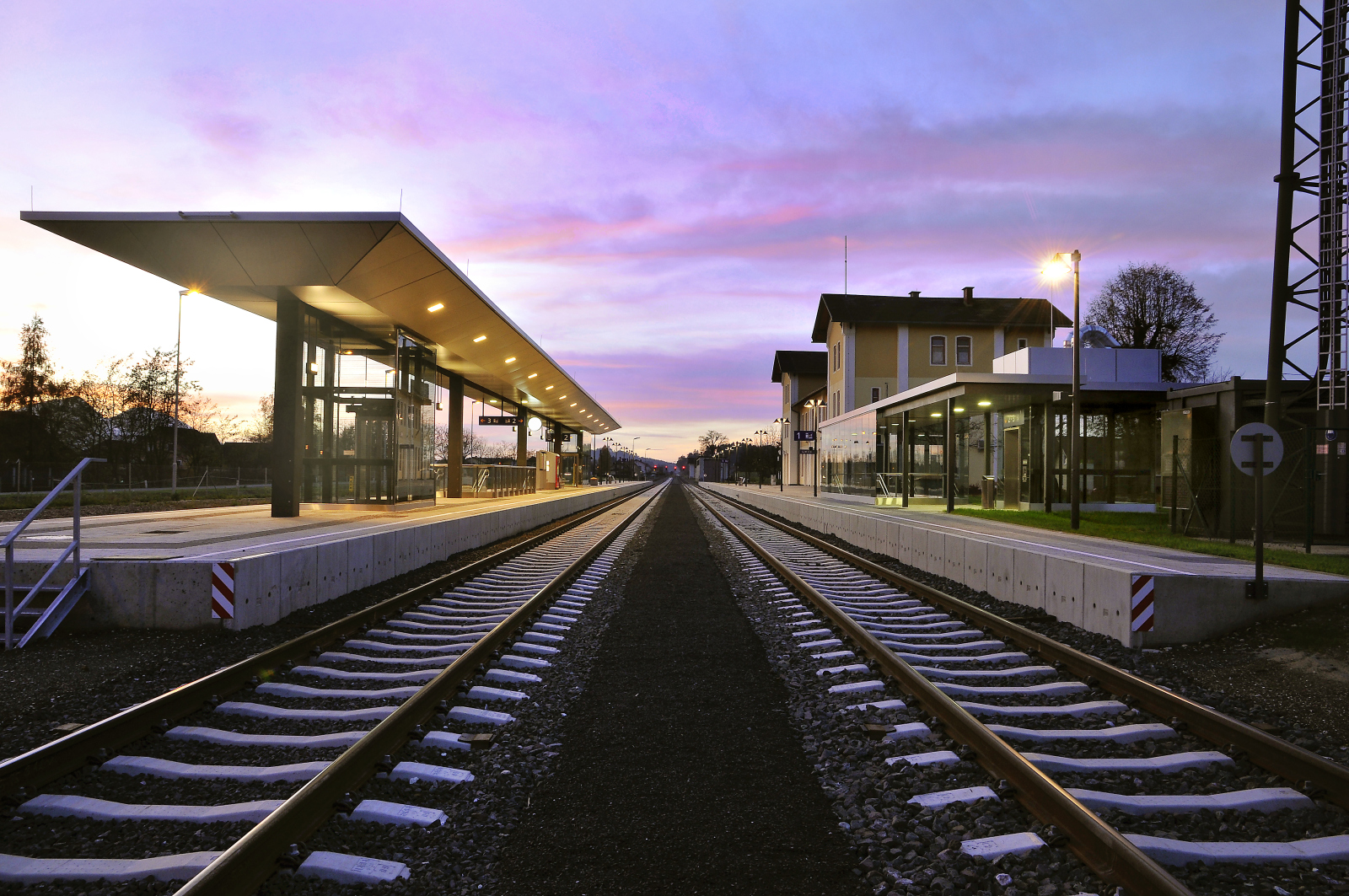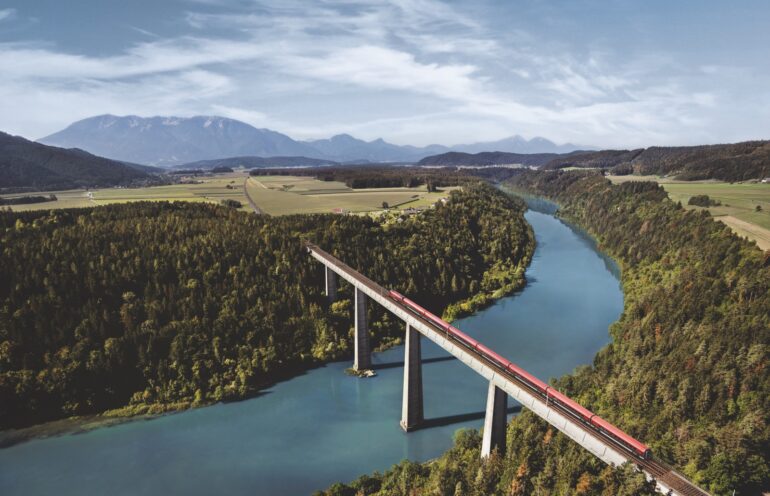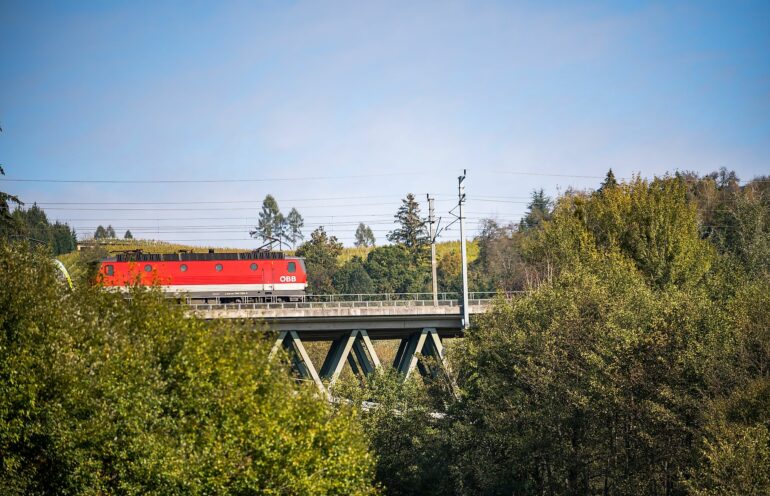Koralm railway: everything on track
Instead of running around the mountains as before, the train will in future run through the middle of the Koralpe mountain massif. The impact of the new Koralm Railway is huge – and not just in the logistics sector.
The Koralm Railway is part of the new southern rail route and connects Austria’s north and south in a modern and sustainable way. But that is by no means all: as part of the Baltic-Adriatic Corridor, the Southern Railway line is one of the most important infrastructure projects in Europe.
New connection between northern and southern Europe
The Baltic-Adriatic Axis forms one of the major European transport routes and connects northern and southern Europe. It runs in several branches from the Polish Baltic Sea ports via the Czech Republic, Slovakia and Austria to the Italian and Slovenian Adriatic ports. The north-south axis connects almost 50 million people in several EU member states.
Along with the Semmering Base Tunnel, which is scheduled for completion in 2030, the Koralm Railway will strengthen one of the major European transport axes. Instead of 2 hours and 40 minutes, the journey by train between Graz and Klagenfurt will only take 45 minutes from December 2025. At the heart of the 130-kilometre route is the Koralm Tunnel, at 33 kilometres, the sixth longest railway tunnel in the world.

© ÖBB/Robert Deopito
New metropolitan region with international appeal
The Koralm route, therefore, clearly benefits the entire region. A new urban agglomeration will emerge – with international visibility and appeal. This is also the result of a broad-based, comprehensive location study on the “Economic Area of Southern Austria”, which was conducted under the leadership of Eric Kirschner, head of the Regional Economics and Structural Policy research group at JOANNEUM RESEARCH.
The economic dynamism of the new metropolitan region will also benefit, as Eric Kirschner explains: “Commuter traffic will increase by around a third on average, which we have been able to model quite well. This means that the labour market will become increasingly interconnected, competition will increase and productivity will rise as a result.”
According to the expert, it is difficult to estimate the extent to which interregional interconnectedness will increase. “The chances are not so bad that we are completely underestimating what will happen in the course of the Koralm Railway,” says Kirschner with a view to comparable projects such as the Öresund Bridge. Even if the dynamics affect the individual economic sectors differently, he believes that almost all economic sectors can benefit considerably. “Against this background, it is important that the sectors work together, rather than against each other. Then it could work quite well.”

Eric Kirschner, JOANNEUM RESEARCH Research Association
“The logistics that are in place now are a well-established system. Of course, a change requires players who generate critical masses. That certainly takes time and I think that is the main challenge.”


